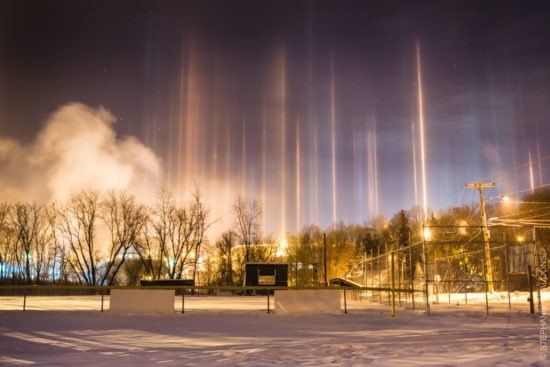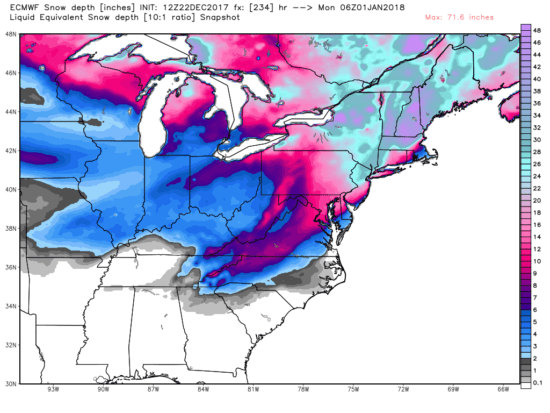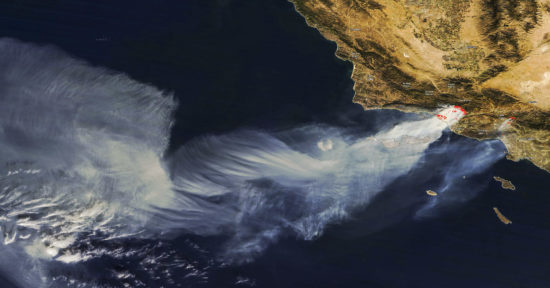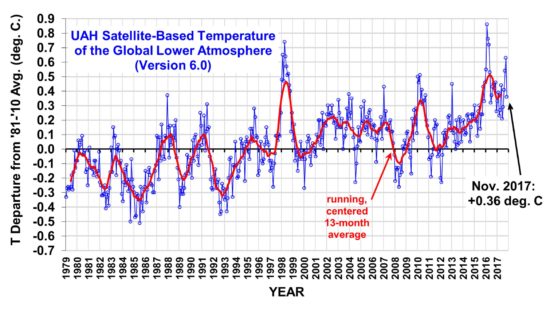Lake Superior State University has just released their 43rd annual list of banished words and phrases. These are usually new terms that pop culture has invented which professors at LSSU find silly in some way.
Since I attended that institution for two years, I consider myself to be grandfathered in to start my own banished list of terms that have been infecting public discourse on the subject of global warming (er, I mean climate change).
Here, in no particular order, are the first five that come to mind. I’m sure you can think of many more. There’s always next year.
Climate Denier How does one deny climate? Climate has always changed and always will. Maybe the intent is, “denier of catastrophic human-caused climate change”; if that’s the case, then I’m guilty as charged.
Weather Weirding Weather has always been weird, so stop with this bit of rhetorical redundancy.
Snowmageddon Back in the day, this was just called a snowstorm or blizzard. We also had to walk 5 miles through it to school, uphill both ways.
Climate Justice No, you are not entitled to whatever weather you want, every day of the year. Yes, we would all like to live in Monterey or Key West, but quit blaming my SUV for your poor life choices.
Naming of Winter Storms Hey, Weather Channel, stop it. Please, just stop it.
So, the next time you decide to drill down into some fake climate news, remember there are people trying to dish out tons of nothingburger terms they want you to include in your vocabulary.
Instead, I suggest you simply covfefe.
Let THAT sink in.

 Home/Blog
Home/Blog







